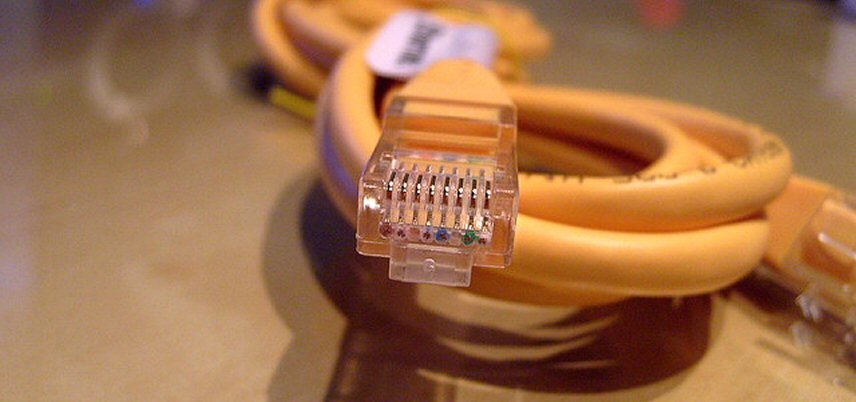Ensuring Business Continuity with Ethernet

Until recently, business continuity (also known as disaster recovery) was more of an afterthought than a priority for companies. Even when there were plans in place, they were rarely updated or tested. Disasters could conceivably happen, the thinking went, but just how likely were they? And what, really, could a business do about them, anyway?
But in the past decade, we’ve seen all too clearly that disasters can and do strike, and that their impact can be devastating for individuals and businesses alike. The terrorist attacks of September 11, 2001, Hurricane Katrina, and Superstorm Sandy have shown that literally overnight, companies of all sizes, in all industries, can be sidelined by unexpected events. They’ve also shown that business continuity is critical. Even in the midst of an emergency, companies need to get their operations back up and running — quickly. Orders need to be fulfilled, phones answered, payroll checks cut, customer databases accessed, systems kept online.
The good news is that today’s companies can leverage some powerful tools to ensure business continuity — not only in the face of disaster, but any time sudden outages and downtime occur:
- Cloud-based applications enable core processes to be accessed from any location — even by employees working from home or regrouping at a temporary site.
- Mobile devices help maintain communications and productivity when a company’s headquarters is inaccessible.
- Data mirroring allows businesses to maintain, in a separate location, up-to-date backup databases — ready to come online should the primary systems go down.
- Virtualization technologies let companies quickly restore their critical applications on new hardware, using up-to-date images, or “snapshots,” that can be distributed to remote locations.
But to work as designed, they all depend on one critical component: the network. And not just any network, but reliable, low-latency, highly-available connections. That’s because Internet-related bottlenecks and delays will prevent tools like data mirroring and the cloud from achieving their full potential. The longer it takes for core applications and information to be accessed, the less agile a company will be when the going gets rough — and the harder it will be to keep the business moving.
This is what makes Ethernet, a proven, low-latency standard for business networks, so critical for business continuity. Dedicated Ethernet connections to key resources like cloud providers, mirrored databases, and backup remote servers ensure that even in the face of disaster, businesses keep operating and serving the customers and clients who rely on them.
Until recently, business continuity (also known as disaster recovery) was more of an afterthought than a priority for companies. Even when there were plans in place, they were rarely updated or tested.
Locked Content
Click on the button below to get access
Unlock NowOr sign in to access all content on Comcast Business Community
Learn how Comcast Business can help
keep you ready for what's next.











